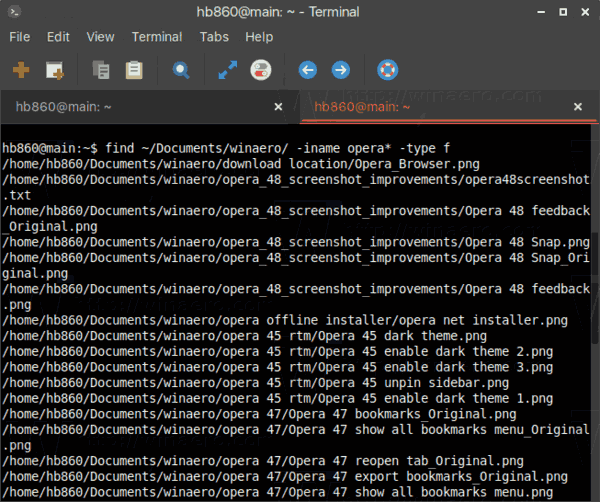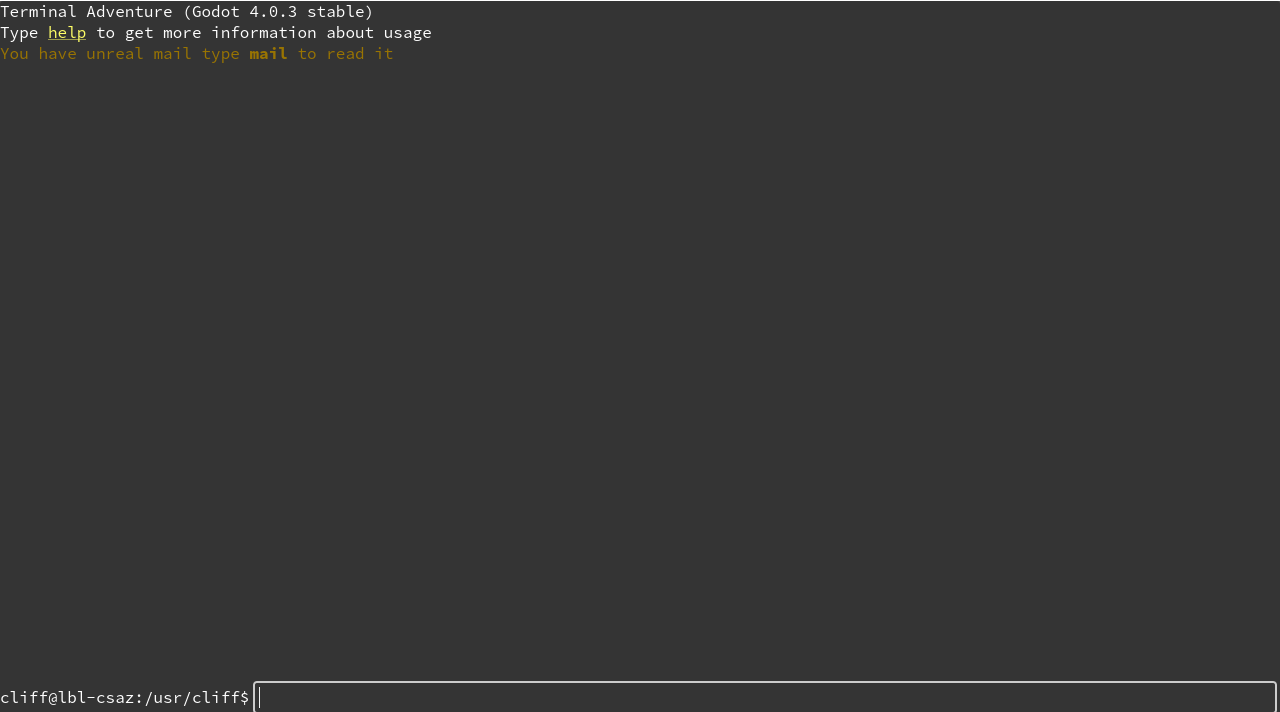
Use the same working directory as the current CMD or PowerShell prompt.
CONSOLE COMMAND FIND FILE LINUX WINDOWS
Run Linux binaries from the Windows Command Prompt (CMD) or PowerShell using wsl (or wsl.exe ). Run Linux tools from a Windows command line
CONSOLE COMMAND FIND FILE LINUX HOW TO
Learn more about how to adjust case sensitivity, particularly when mounting disks with WSL, in the Adjust case sensitivity how-to article.

Windows and Linux file systems handle case sensitivity in different ways - Windows is case-insensitive and Linux is case-sensitive. To view all of your available Linux distributions and their root file systems in Windows File explorer, in the address bar enter: \\wsl$Ĭase sensitivity determines whether uppercase (FOO.txt) and lowercase (foo.txt) letters are handled as distinct (case-sensitive) or equivalent (case-insensitive) in a file name or directory. Be sure to add the period at the end of the command to open the current directory. Īlternatively, you can also use the command: powershell.exe /c start. You can view the directory where your files are stored by opening the Windows File Explorer from the command line, using: explorer.exe. View your current directory in Windows File Explorer It is possible to store your project files on a mounted drive, but your performance speed will improve if you store them directly on the \\wsl$ drive. So the Windows file system C:/ drive ( C:\Users\\Project) will look like this when mounted in a WSL command line: /mnt/c/Users//Project$. When you see /mnt/ in the file path of a WSL command line, it means that you are working from a mounted drive. Not the Windows file system root directory: /mnt/c/Users//Project$ or C:\Users\\Project.Use the Linux file system root directory: \\wsl$\Ubuntu\home\\Project.If you're working in a Windows command line (PowerShell, Command Prompt), store your files in the Windows file system.įor example, when storing your WSL project files: For the fastest performance speed, store your files in the WSL file system if you are working in a Linux command line (Ubuntu, OpenSUSE, etc). We recommend against working across operating systems with your files, unless you have a specific reason for doing so. File storage and performance across file systems We have outlined a few of them for you in this guide, including some examples of interoperability support for mixing Windows and Linux-based commands. With this command, if you have duplicate filenames, you will definitely lose data during the move operations.There are a number of considerations to keep in mind when working between Windows and Linux file systems. In this case I had a bunch of files (with unique names) in subdirectories, and used this command to copy them all to the current directory:Īs before, this is a dangerous command, so be careful. Here’s another example of a “find and copy” command I just used, though in this case it was a “find and move” command. If you ever need to use the Linux find command to find a large collection of files and copy them to another location, I hope this has been helpful. (The -n option appears to work on MacOS systems, but -no-clobber does not.) Be sure to test this command before using it on something important I haven’t tested it yet, I just read the man page for the cp command.) The -n option of the cp command means “no clobber,” and you can also type that as cp -no-clobber on some systems, such as Linux. type f -name "*.mp3" -exec cp /tmp/MusicFiles \


In short, here's the find command I used to find and copy all of those files:įind. In this case I didn't want to do a cp -r command or tar command to preserve the directory structure instead, I wanted all of the files to end up in the same directory (so I could easily import them into iTunes). I ran into a situation this morning where I needed to use the Linux find command to (a) find all the MP3 files beneath my current directory and (b) copy them to another directory.

Linux find/copy FAQ: How can I use the find command to find many files and copy them all to a directory?


 0 kommentar(er)
0 kommentar(er)
